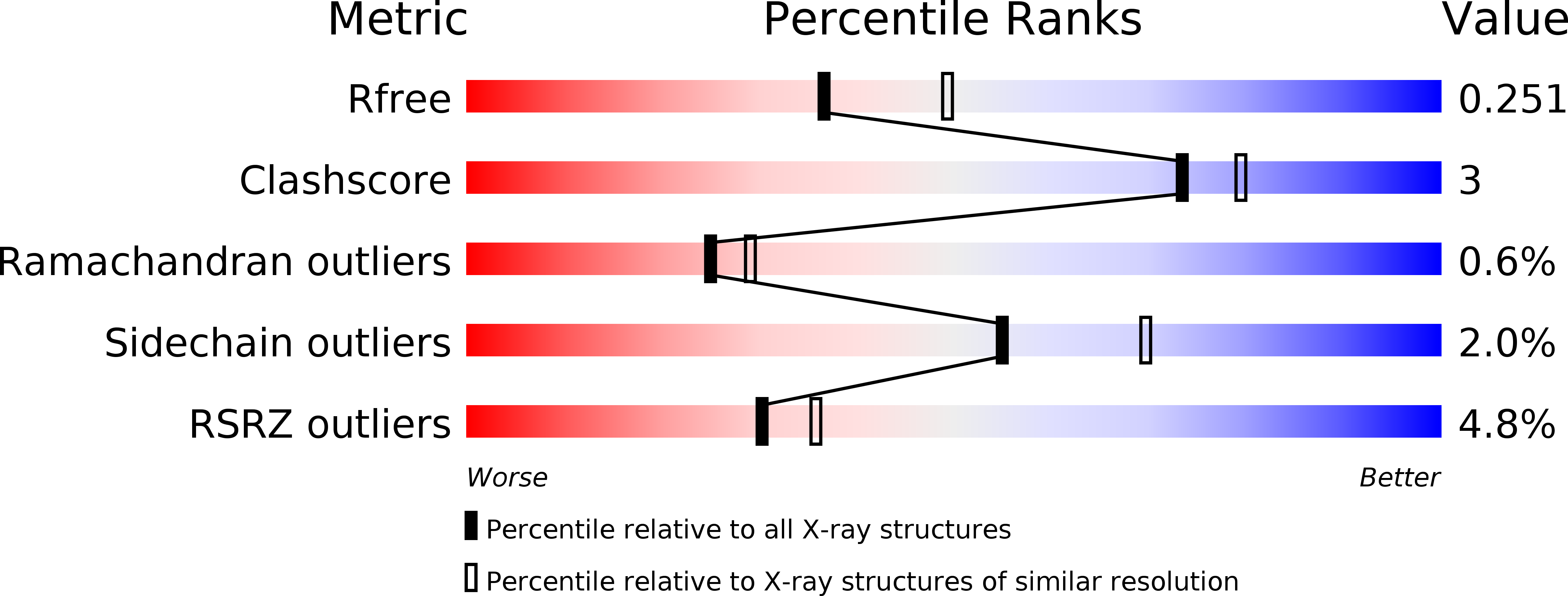
Deposition Date
2010-06-21
Release Date
2011-05-25
Last Version Date
2023-11-01
Entry Detail
PDB ID:
3NKY
Keywords:
Title:
Structure of a mutant P44S of Foot-and-mouth disease Virus RNA-dependent RNA polymerase
Biological Source:
Source Organism:
Foot-and-mouth disease virus - type C (Taxon ID: 12116)
Host Organism:
Method Details:
Experimental Method:
Resolution:
2.28 Å
R-Value Free:
0.26
R-Value Work:
0.23
R-Value Observed:
0.24
Space Group:
P 41 21 2


